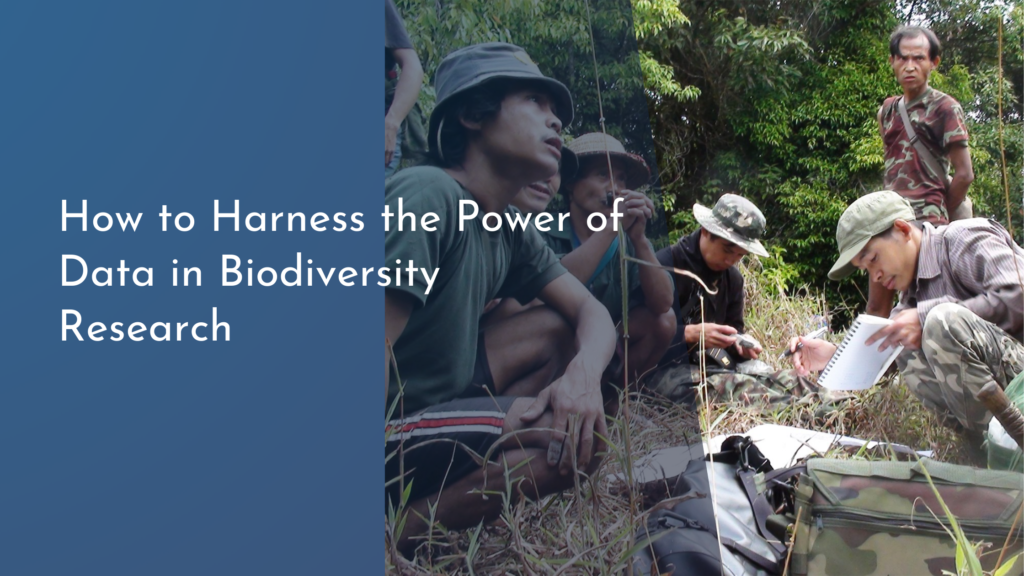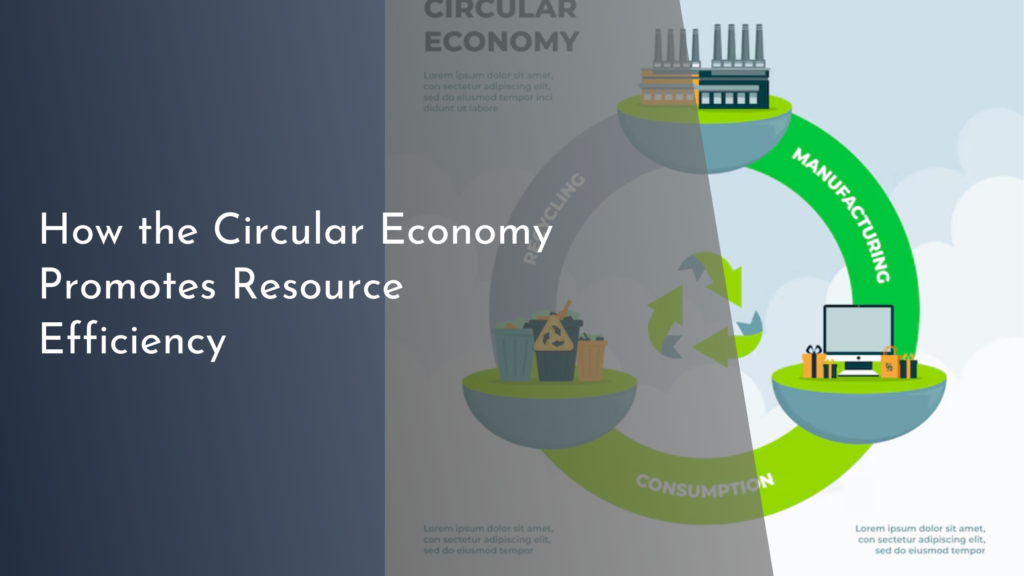Role of Rainwater Harvesting in Achieving Sustainable Development Goals
Rainwater harvesting is a simple yet powerful technique that captures and utilizes rainwater for various purposes. As urbanization and climate change pose significant challenges to water resources, rainwater harvesting emerges as a sustainable solution. By collecting rainwater from rooftops or surfaces and storing it for future use, communities can enhance their resilience and contribute to achieving the Sustainable Development Goals (SDGs). This article explores the multifaceted role of rainwater harvesting in promoting sustainable development, particularly its benefits for water access, food security, and community resilience.
Understanding Rainwater Harvesting and Its Benefits
Rainwater harvesting involves the collection, storage, and use of rainwater from surfaces such as rooftops, paved areas, and other catchment zones. This age-old practice is gaining renewed attention as populations grow and water scarcity becomes more pronounced. The benefits of rainwater harvesting extend beyond simply providing an alternative water source; it also reduces dependency on traditional water supply systems, mitigates flooding, and replenishes groundwater levels. By capturing rainwater, communities can significantly decrease the pressure on their local water resources.
Furthermore, rainwater harvesting promotes environmental sustainability by reducing stormwater runoff, which can carry pollutants into waterways and contribute to erosion. When rainwater is harvested, it can be filtered and used for irrigation, washing, or even drinking, depending on the treatment system in place. This not only conserves existing water supplies but also lowers the energy costs associated with water distribution and treatment. In essence, rainwater harvesting not only supports individual and community needs but also fosters a healthier planet.
How Rainwater Harvesting Supports Clean Water Access
Access to clean water is a fundamental human right, yet billions of people still lack reliable sources of safe drinking water. Rainwater harvesting plays a crucial role in addressing this challenge, especially in arid regions or areas with unreliable water supply systems. By implementing rainwater harvesting systems, communities can create decentralized water sources that are more resilient to climate variability and disruptions in traditional supply chains. This provides a consistent and clean water source for households, schools, and health facilities, ultimately improving public health and quality of life.
Moreover, integrating rainwater harvesting into urban planning enhances the overall water management strategy of cities. In areas facing rapid urbanization, the infrastructure may struggle to meet the growing demand for water, leading to shortages and contamination. By encouraging the adoption of rainwater harvesting practices, municipalities can alleviate some of this pressure, ensuring that all citizens have access to clean, safe water. This, in turn, supports various SDGs, including Goal 6 (Clean Water and Sanitation) and Goal 11 (Sustainable Cities and Communities).
Enhancing Food Security Through Rainwater Utilization
Food security is intrinsically linked to water availability, making rainwater harvesting a key player in agricultural sustainability. Farmers can harness the collected rainwater to irrigate their crops, especially during dry spells or in regions with erratic rainfall patterns. The use of rainwater in agriculture not only reduces reliance on conventional irrigation sources but also encourages the adoption of more sustainable farming practices. With a reliable water supply, farmers are better equipped to maintain productivity, grow diverse crops, and improve their livelihoods.
Additionally, the benefits of rainwater harvesting extend to improving soil health and reducing erosion. By utilizing rainwater for irrigation, farmers can promote better moisture retention in the soil, allowing for more effective cultivation. This enhances food production, reduces dependency on chemical fertilizers, and contributes to ecological balance. Consequently, rainwater harvesting plays a pivotal role in achieving SDG 2 (Zero Hunger) by bolstering agricultural resilience and ensuring food security for present and future generations.
Building Resilient Communities with Sustainable Practices
Communities that embrace rainwater harvesting not only enhance their water security but also cultivate a culture of sustainability and environmental stewardship. By implementing these systems, community members become more aware of their water usage and the importance of conserving natural resources. This fosters a collective responsibility toward sustainable practices, encouraging individuals to engage in other eco-friendly initiatives, such as recycling and energy conservation.
Moreover, rainwater harvesting can strengthen community bonds as individuals collaborate on the installation and maintenance of systems. These collective efforts promote knowledge sharing, skills development, and an appreciation for local resources. When communities are equipped with rainwater harvesting systems, they become more resilient to climate impacts, economic fluctuations, and other external stressors. Ultimately, this resilience contributes to the realization of multiple SDGs, including Goal 13 (Climate Action) and Goal 17 (Partnerships for the Goals), fostering a brighter and more sustainable future.
Rainwater harvesting is a fantastic strategy that not only addresses immediate needs for water and food security but also nurtures long-term sustainable development. By embracing this practice, communities can transform their relationship with water and the environment, leading to more resilient and harmonious living. As we work collectively toward achieving the Sustainable Development Goals, rainwater harvesting stands out as a practical, impactful, and hopeful solution that brings us closer to a sustainable future, one drop at a time!


